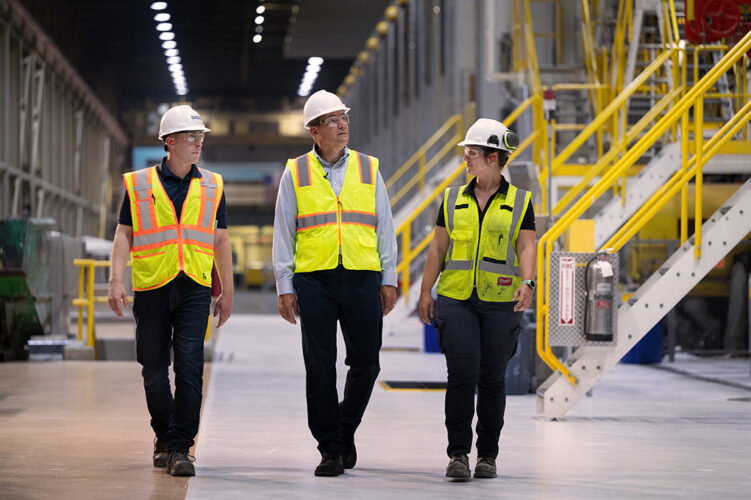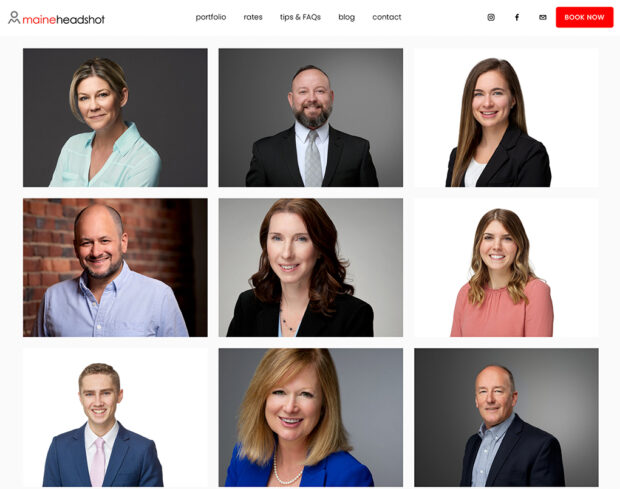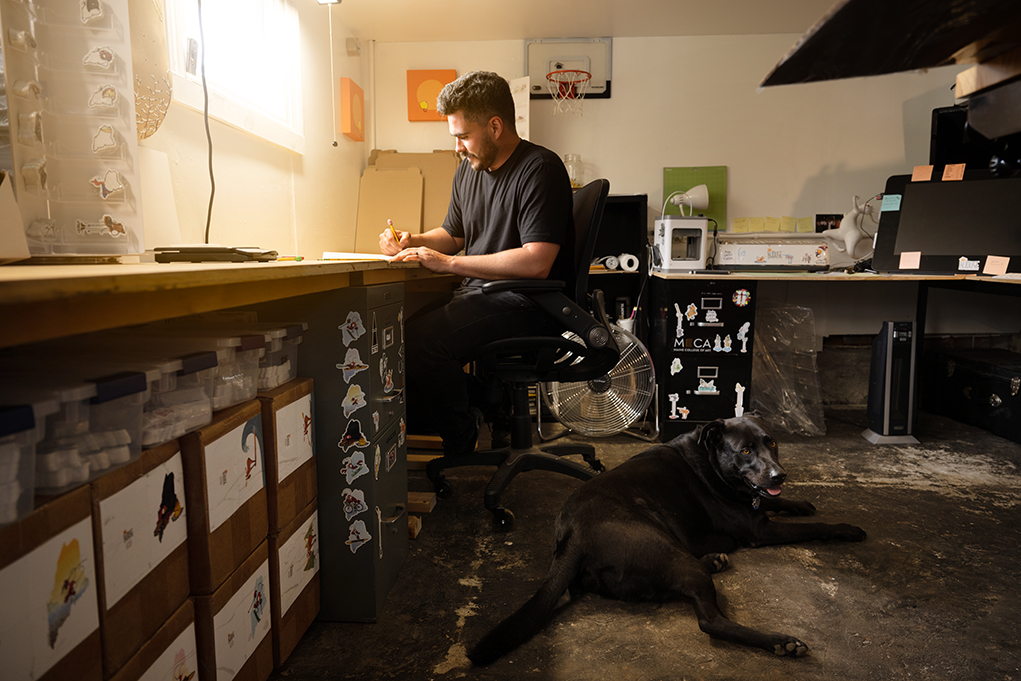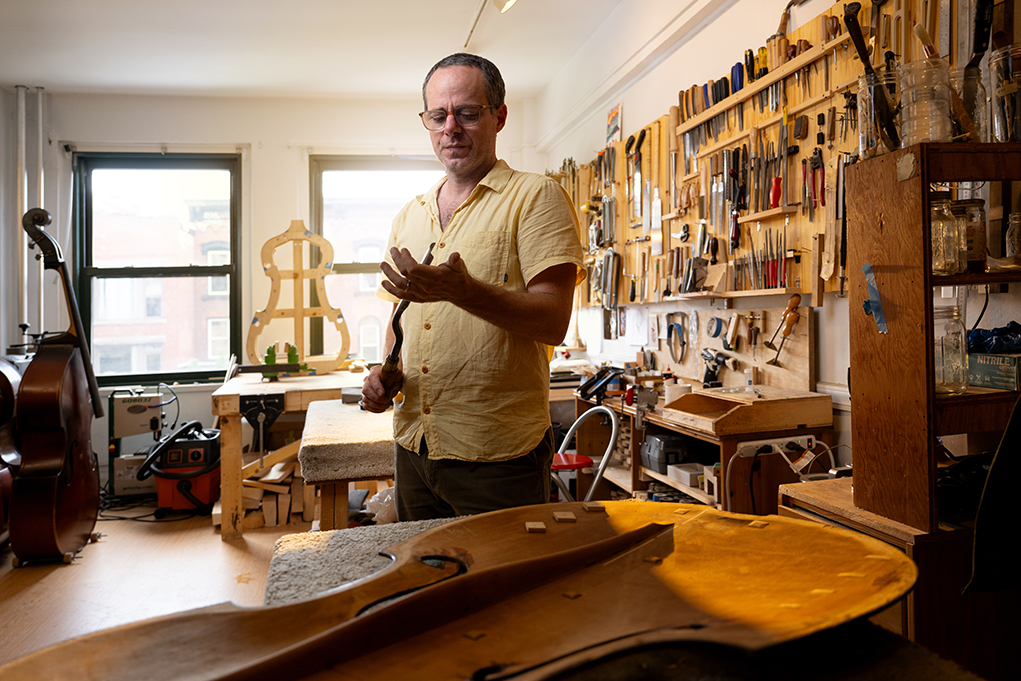
Last fall, I collaborated with the marketing team at Sappi North America on Project Elevate—a $418 million upgrade at Maine’s Somerset Mill. They’re overhauling Paper Machine No. 2, expanding its capabilities, all while the mill’s day-to-day operations churn on. Having struggled myself to simultaneously construct my child’s Ikea desk and binge watch TV, I couldn’t help but be deeply impressed by this achievement.
My task was to capture elements of this

massive project over the course of one day. This involved shadowing Sappi N.A.’s president and CEO, Michael Haws, as he toured the bustling construction site. I created environmental portraits of Haws and his team, and photographed him with Sappi workers.
I love creating images in industrial environments like these–while challenging, the opportunities for amazing and dramatic visuals are worth the effort.



























